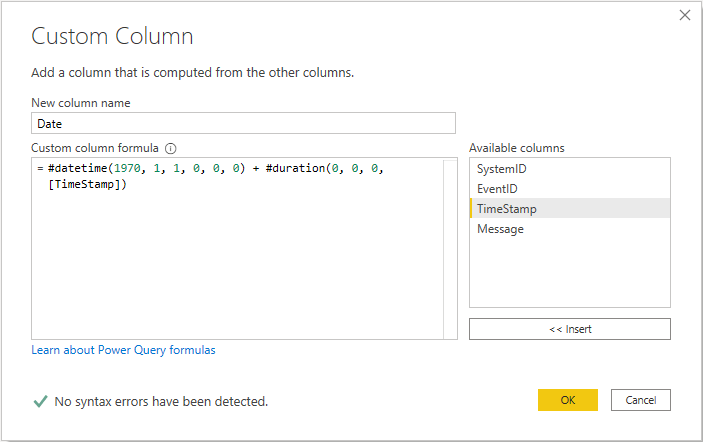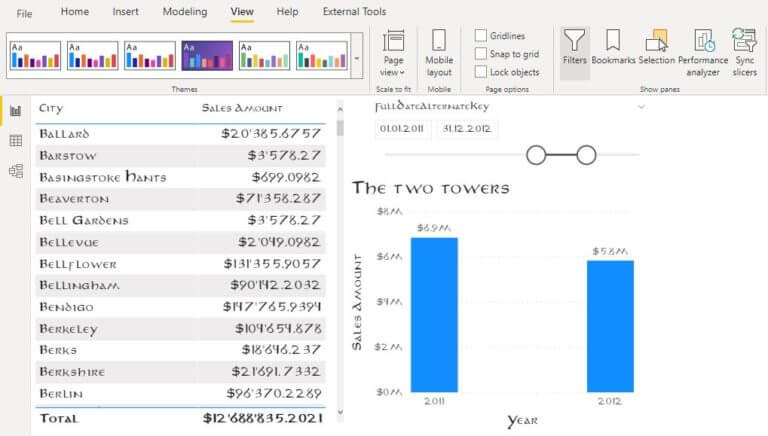Integrate Power BI Report with complete interactivity in OneNote
I recently received a tip from a colleague at work, which was also something I hadn’t seen before. More precisely, it was about integrating a Power BI report with all reporting options into a OneNote page. For this purpose, I use the report with the manual fonts as an example. The report has to be…
Convert UNIX Timestamp to DATE or DATETIME format in Power BI

If you find a date or datetime format in UNIX format, the first thing you wonder is what it is all about or how you can display it “normally”. This is because the UNIX date format looks like this: What exactly is UNIX Timestamp? To find a way to convert this, we first need to…
Multilingual reports in Power BI
For a while, it was only possible to provide a Power BI report in multiple languages using workarounds. Recently, the enhanced dataset metadata has made it very easy to change the language of a report in Power BI, making it multilingual, for example in German and English. Since the Power BI September Update, the enhanced…
Using enterprise or custom fonts in Power BI

Many companies are trying to achieve a consistent appearance and have corresponding or Corporate Identity / Corporate Design (CI/CD) guidelines. As a reporting platform, Power BI should of course be no exception and fit into the corresponding specifications. However, this is often a big question mark, because at first glance there is no option to…
How do I get an older version of Power BI Desktop?
When you often work in different IT environments, you can easily reach the point where a customer is working with a different Power BI desktop version than the latest one. As a developer this can become a problem, because the PBIX files are generally not backward compatible to older Power BI versions. As a result,…
